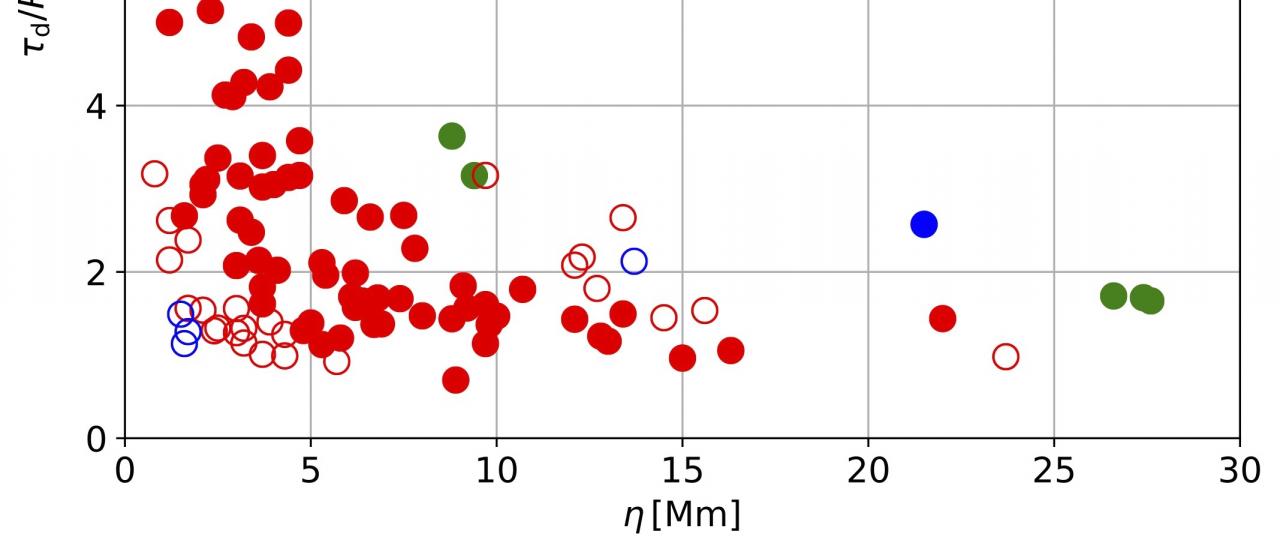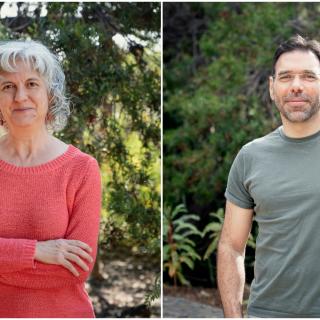The solar coronal heating problem originated almost 80 years ago and remains unsolved. A plausible explanation lies in mechanisms based on magnetic wave energy dissipation. Currently, several linear and nonlinear wave damping models have been proposed. The advent of space instrumentation has led to the creation of catalogues containing the properties of a large number of loop oscillation events. When the damping ratio of the oscillations is plotted against their oscillation amplitude, the data are scattered forming a cloud with a triangular shape. Larger amplitudes correspond in general to smaller damping ratio values and vice versa. Here, a Bayesian model comparison analysis has quantified the evidence for a nonlinear damping model relative to the evidence for linear resonant absorption in explaining the observed damping of coronal loop oscillations. The results indicate that there is qualitative agreement between the regions of high marginal likelihood and Bayes factor for the nonlinear damping model and the arrangement of observed data. A quantitative application to 101 loop oscillation cases observed with the Solar Dynamics Observatory (SDO, NASA) results in the marginal likelihood for the nonlinear model being larger in the majority of them. Moreover, the cases with conclusive evidence for the nonlinear model outnumber considerably those in favor of linear resonant absorption. Nonlinear damping is therefore a plausible explanation for the observed damping of solar coronal waves.
Scatter plot of oscillation amplitude and damping ratio values for 101 loop oscillation cases. The symbols and their colors indicate the levels of evidence obtained for the nonlinear (NL) and the linear resonant absorption (RA) models.
Advertised on
Authors
Íñigo
Arregui Uribe-Echevarría
References




